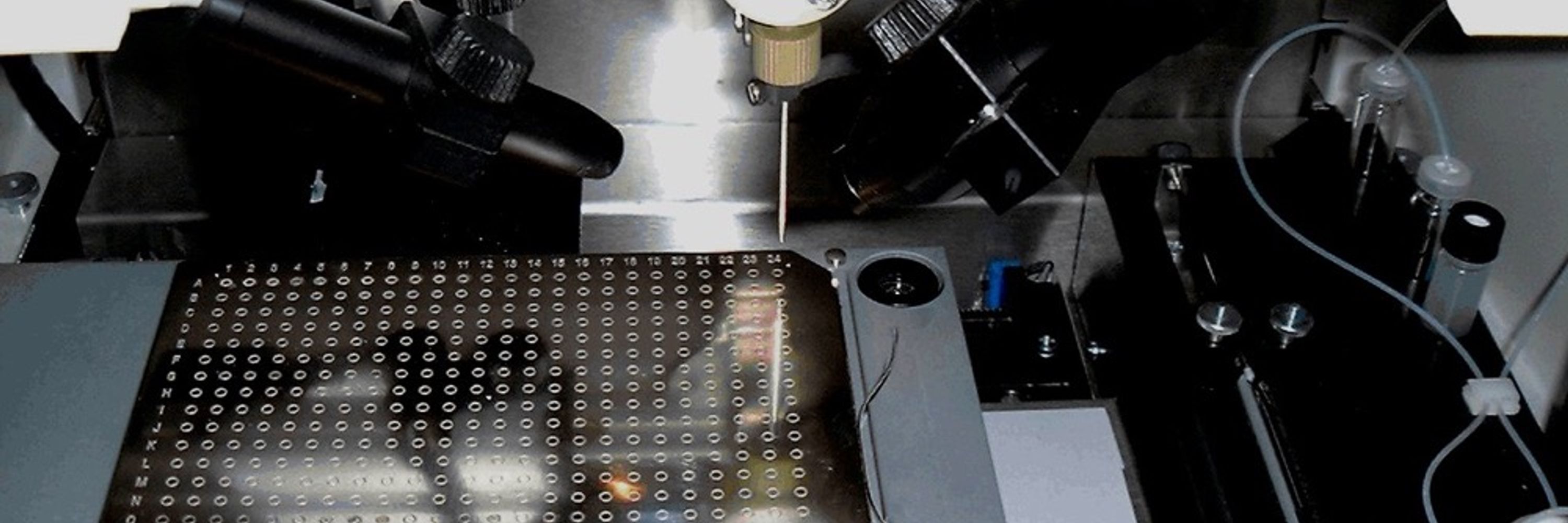BioMassSpec
@realbiomassspec.bsky.social
1.1K followers
600 following
6.8K posts
Dietrich Volmer · Research in analytical chemistry, mass spec and metabolomics · Editor-in-Chief of Anal. Sci. Adv. + Editor of Rapid Commun. Mass Spectrom · Views my own
Humboldt University · Berlin · 🇨🇦🇩🇪 · volmerlab.de
Posts
Media
Videos
Starter Packs
























